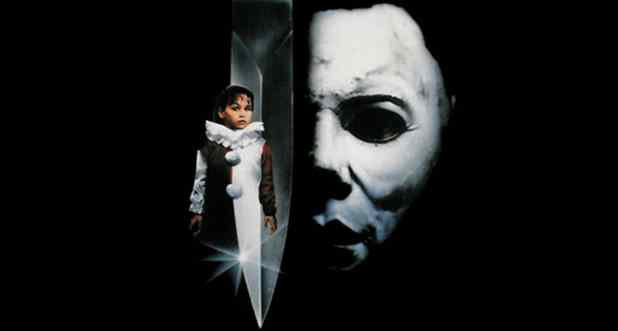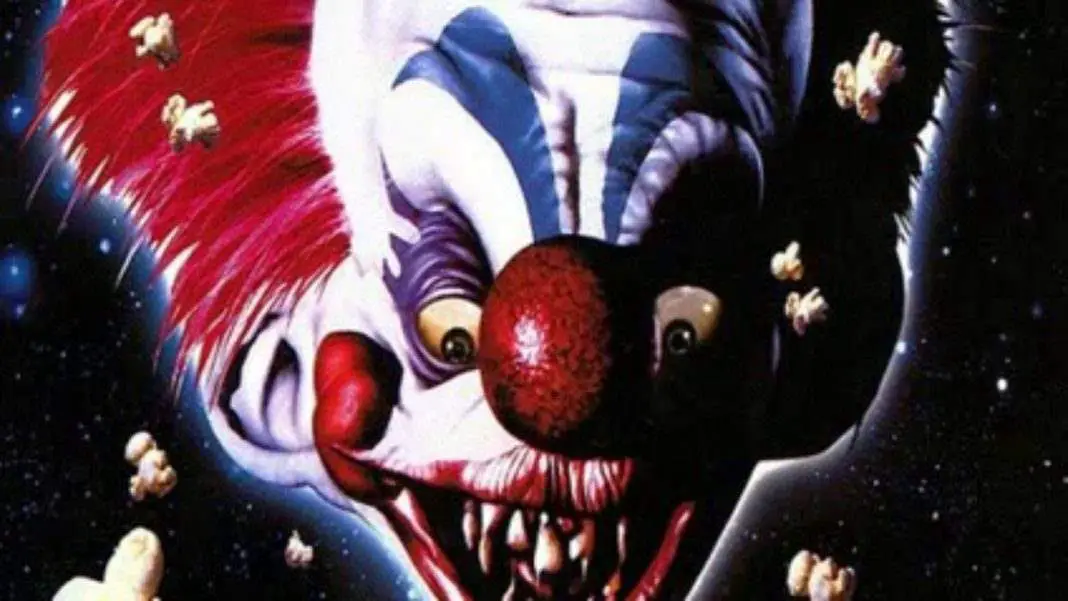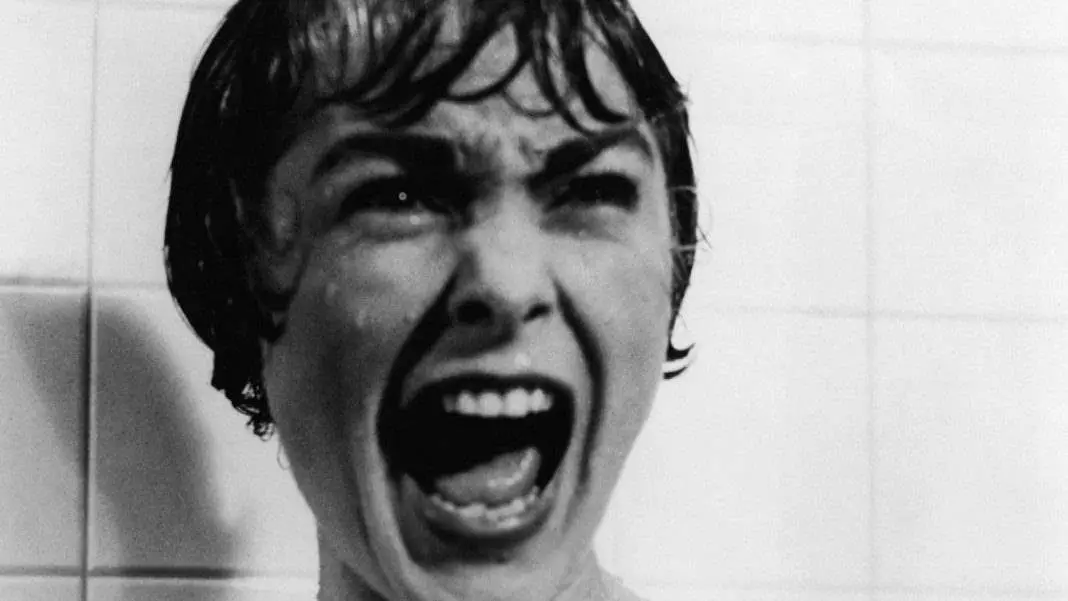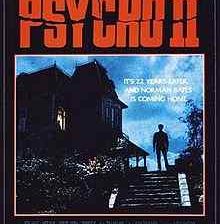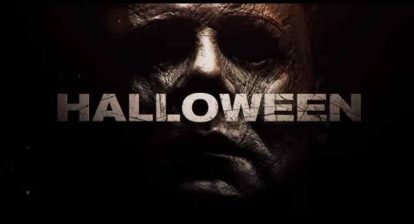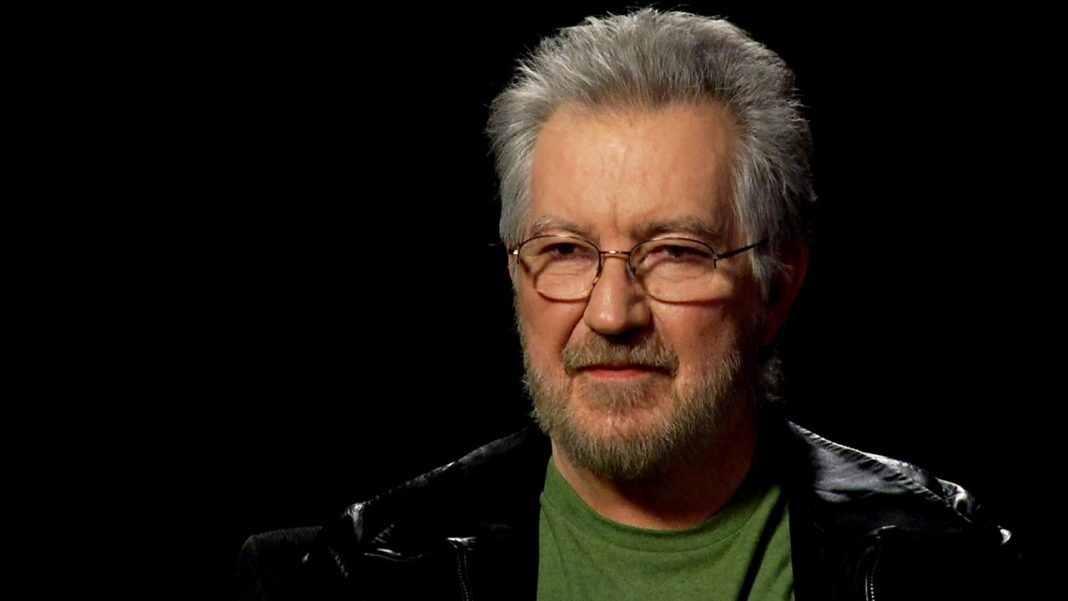Halloween, as a franchise, follows a fairly simple formula. Michael Myers is pretty much existing for the sole purpose of trimming his family tree. Almost every sequel sees him go after a sibling, or a niece or nephew.
It’s well known that the angle of Laurie being Michael’s sister was not introduced until late into the second feature, although some people do attribute it to the first. John Carpenter himself wrote the script, but isn’t terribly proud of the decision and admitted that it was mostly due to his own drunkenness during the screenwriting process. The original leaves things much more ambiguous and that’s why it works. We don’t know why Michael is targeting Laurie. There could be some deeper connection, it could be the fact that she vaguely looks like and reminds him of his sister, Judith. Or it could be that when she comes to the door of the Myers house, he simply targets the first girl he lays eyes on. That scene sets up most of the movie. People forget how important it is. It’s the precise moment when the shape’s stalking of Laurie Strode begins, and he doesn’t let up until the end of the film. And even then, it’s left wide open.
There are so many different ways to read it. Michael could even be a phantom embodying and personifying Laurie’s own sexual repression. He is her dormant, sexually aggressive side, with knife in place of phallus. You can go deep, or you can stay strictly on the surface, and still the possibilities are endless. Halloween is a very broad film. We don’t even know exactly what happened to Michael Myers to make him the way he is, if anything. It’s so simplistically effective that it’s kind of genius. Even in its openness, everything about it just works.
This makes the sequels a bit of a problem. Now, while Halloween may be my favorite horror film, I don’t hold it on such a pedestal that I don’t consider the franchise. I do enjoy the Halloween series as a whole. There’s something in each and every one that I enjoy. Some of them I even flat-out love. Halloween II, despite causing most of the problems we’re looking at here, is a superbly crafted sequel. Halloween III is a one of the best horror movies about the holiday, whether it continues the original story or not. Halloween 4 is underrated and was the best way to bring back Michael Myers as a supernatural force, and Halloween H20 is an excellent character piece that really brings things full circle. Yet all of them suffer the same problem. Even if they make the family angle work for their own purposes, they’re technically contradicting the original feature.And that can work, in some ways. If you acknowledge that Michael was after Laurie in the original and she simply didn’t know it, then the story itself works fine. The story level of the whole franchise is relatively intact. This franchise devotes even more care to continuity than most series. It only starts to falter on an analytical level.
Analyzing the original Halloween, one really needs to just study that film in particular, shedding aside the family angle, which is awkward because it’s something that we as the collective viewing audience are all so familiar with.
 But there’s a much simpler problem with the family mythology that was introduced in the Halloween sequels: it makes Michael less scary. In the first, there is no method to his madness. It takes expert strides to trick the audience into thinking that he could be anywhere, as set up by the excellent ending montage. The monster isn’t killed at the end, leaving the audience feeling like he could even be waiting for them in their car when they leave the theater. Yet, in the sequels, he is specifically targeting his family members. That’s the number one problem. All of a sudden, things aren’t random anymore. There’s no sense of unpredictability to him. And there’s just less of a scare factor, because there’s a pretty good chance no one who went to see those sequels was actually related to Michael Myers. So while he may be a scary man, the movie is already telling you not to be afraid.
But there’s a much simpler problem with the family mythology that was introduced in the Halloween sequels: it makes Michael less scary. In the first, there is no method to his madness. It takes expert strides to trick the audience into thinking that he could be anywhere, as set up by the excellent ending montage. The monster isn’t killed at the end, leaving the audience feeling like he could even be waiting for them in their car when they leave the theater. Yet, in the sequels, he is specifically targeting his family members. That’s the number one problem. All of a sudden, things aren’t random anymore. There’s no sense of unpredictability to him. And there’s just less of a scare factor, because there’s a pretty good chance no one who went to see those sequels was actually related to Michael Myers. So while he may be a scary man, the movie is already telling you not to be afraid.
It almost begins to feel like the sequels were made to make up for how scary the original was, as if calming down a frightened child. Left shaking by the first, the sequels take us by the shoulders and say, “Listen, I know he’s scary, but it’s okay because he only goes after these specific people. He’d never go after you.”
The Michael Myers of the original flows into the sequels nicely, I’ll admit. And I won’t pretend they don’t have their scary or at least unnerving moments. But the shape is a blank, emotionless force in that first feature. The white mask is an empty slate on which you can project your worst fears. A mirror for your own bad dreams. By explaining him away, little by little, that’s taken away from the audience. As the series progressed—and this evolution is especially clear when looking at Carpenter’s and Zombie’s films side by side—we shed the idea of the boogeyman until, ultimately, all we’re left with is a man.

